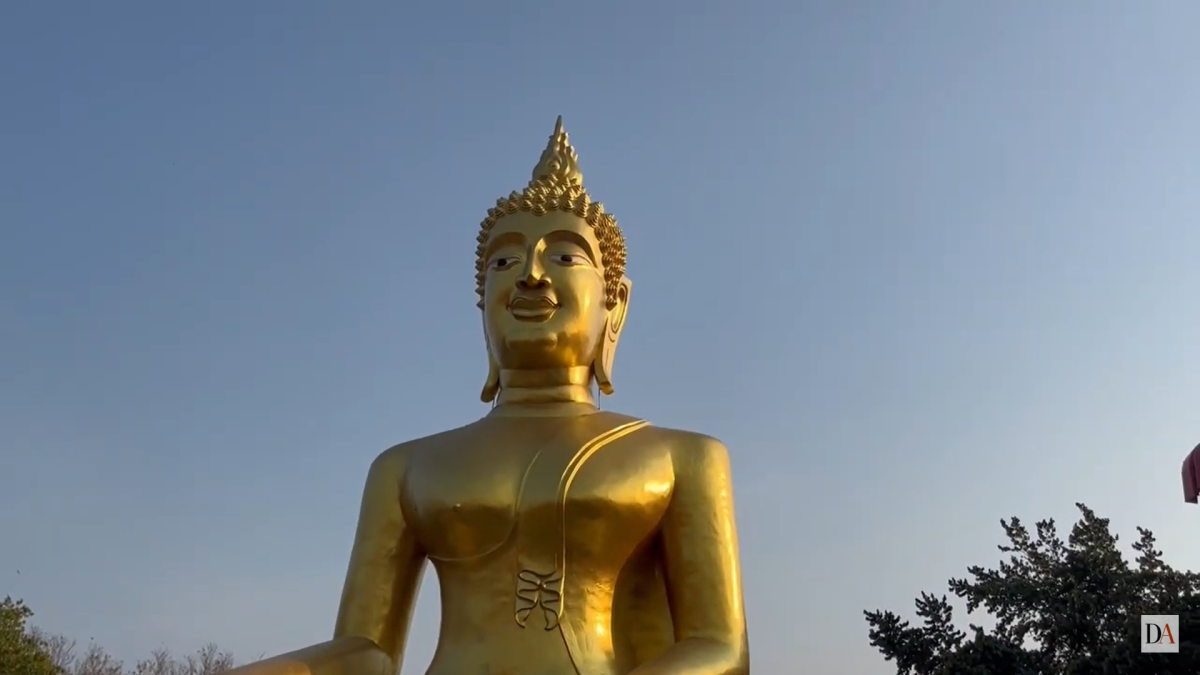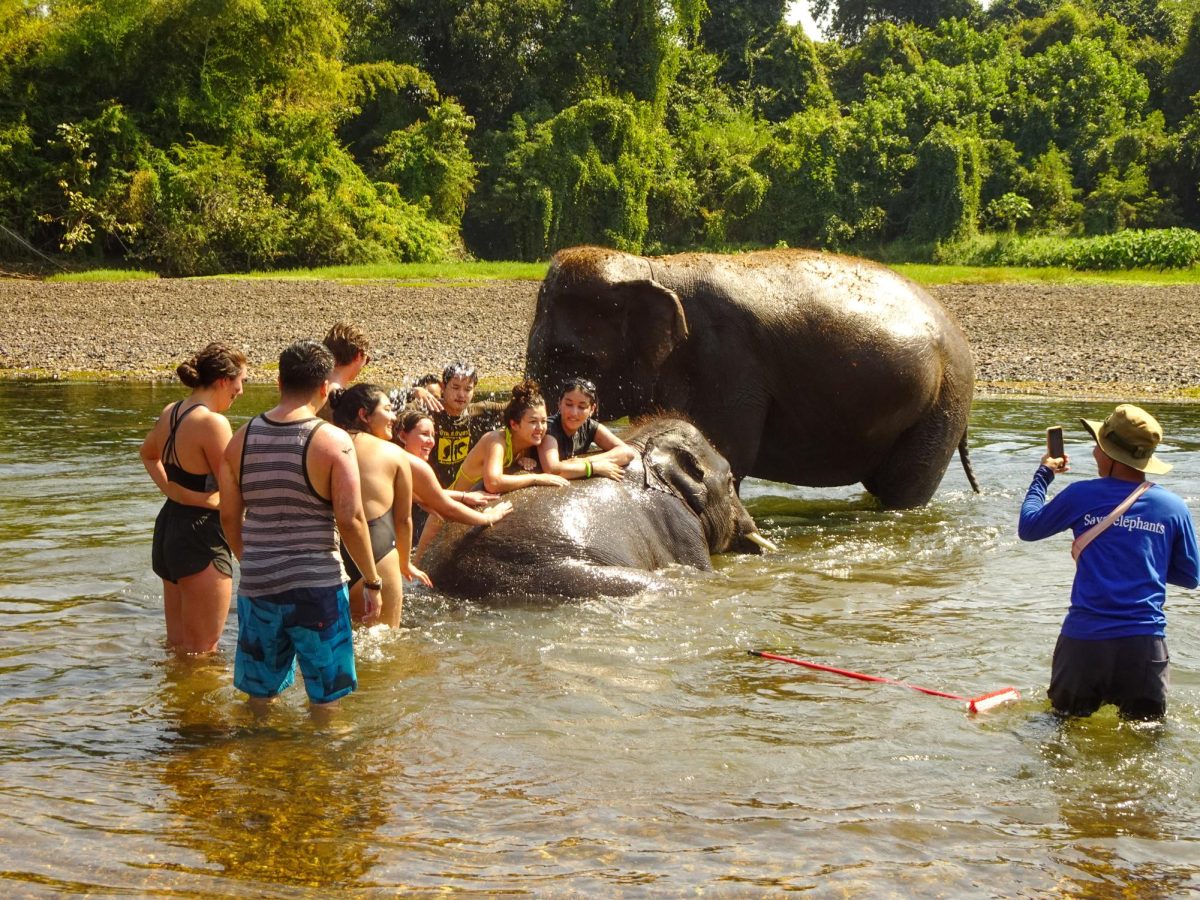Students attending San Diego State University in the 21st century could be riding to school underground.
By 2004, the San Diego trolley system will include a 3,900-foot tunnel that will lead from the side of Interstate 8 to the top of Montezuma Mesa.
Known as the Mission Valley East Light Rail Alignment, the system will comprise six miles of track from a station under construction in Mission Valley to an existing station at Grossmont Center.
According to project director Toni Bates of the Metropolitan Transit Development Board, the SDSU stop will open up a lot of transportation options.
“It will open up a lot of opportunities to directly access SDSU,” she said, “and a lot of transportation options to get to other places.”
When completed, the trolley will head from a station at Mission Gorge, cross to the south side of Interstate 8 and climb the hill to SDSU parallel to the freeway.
When it reaches SDSU’s Parking Lot X, it will enter a tunnel on the hillside and travel to the other side of campus, where it will reach an underground trolley station.
This station will be 60 feet underground and located directly under the existing bus terminal on Campanile Drive.
From the station, the trolley will travel underground, surface near Parking Structure I and head back to the freeway to another stop at Alvarado Road.
According to Bates, the capital cost of the project is $219 million. She said the total project budget, which includes the environmental study process and engineering design, is $332 million.
Bates said an underground tunnel is necessary because of the steep grade of the climb.
“(The trolley) will be coming from Mission Valley, which is a low point, and going to the top of the mesa at SDSU,” she said. “It’s a very steep grade.
“The trolley vehicles have a limit to the grade they have to climb.”
According to Larry Piper, a facilities and transportation planner at SDSU, the safety risks will be minimal.
“MTDB will be spending a lot of money to determine exactly what the conditions are,” he said. “They’ll be drilling very deep and through bedrock. They have a number of experts to look at the issue of construction under buildings, and I’m confident (in) the degree of attention and design expertise.”
The project is now in an environmental and planning stage.
“We’ve done early soil analyses, and they indicate it is feasible to do tunneling at SDSU,” Bates said. “We will be doing soils testing in six to eight months at the campus to determine what kind of tunnel boring machine to use.”
In late April or early May, the MTDB will release an Environmental Impact Statement, Bates said. Before the document is approved, people can submit their comments during a 45-day public review period.
Bates said actual construction is scheduled to begin in late 1999 or early 2000. She said engineering design and construction drawings will take two and one-half to three years, and the construction period will be three to three and one-half years.
Piper said the initial impact to the campus during the testing stage will be small.
“The construction impact will be felt on campus for about three and one-half years,” he said. “In the next couple of months, they’ll be drilling holes to determine soil configurations, which will be a minimal impact to the campus.
“The bigger impact (will be) in construction.”
Piper said that for a two- to three-year period, workers will be boring under the campus, impacting the campus on the east and west sides. He said lots E, F, G and X could close during construction.
The SDSU administration is developing a memorandum of understanding with MTDB that says MTDB must find sufficient parking for students, faculty and staff during that time, Piper said.
“This may be remote lots and shuttles,” he said. “We won’t suffer a net parking loss, but we will suffer discomfort.
“We’re contemplating another structure, in part to make sure we have enough parking available.”
Piper said the construction site for the station will turn into a giant hole. The existing bus terminal will be moved a block or two down Campanile Drive, he said.
“It’s a landmark in campus history to have this occur,” Piper said. “We’re upbeat about the potential for improved access to campus. It will help to reduce the number of cars and improve pedestrian flow to the arena.
“It will be a great asset to campus once the dust settles and the paint dries.”
Bates said that by 2015, the San Diego trolley system is projected to have 10,800 riders per day.
“The SDSU station is projected to be by far the biggest ridership station with 4,500 riders per day,” Bates said.






